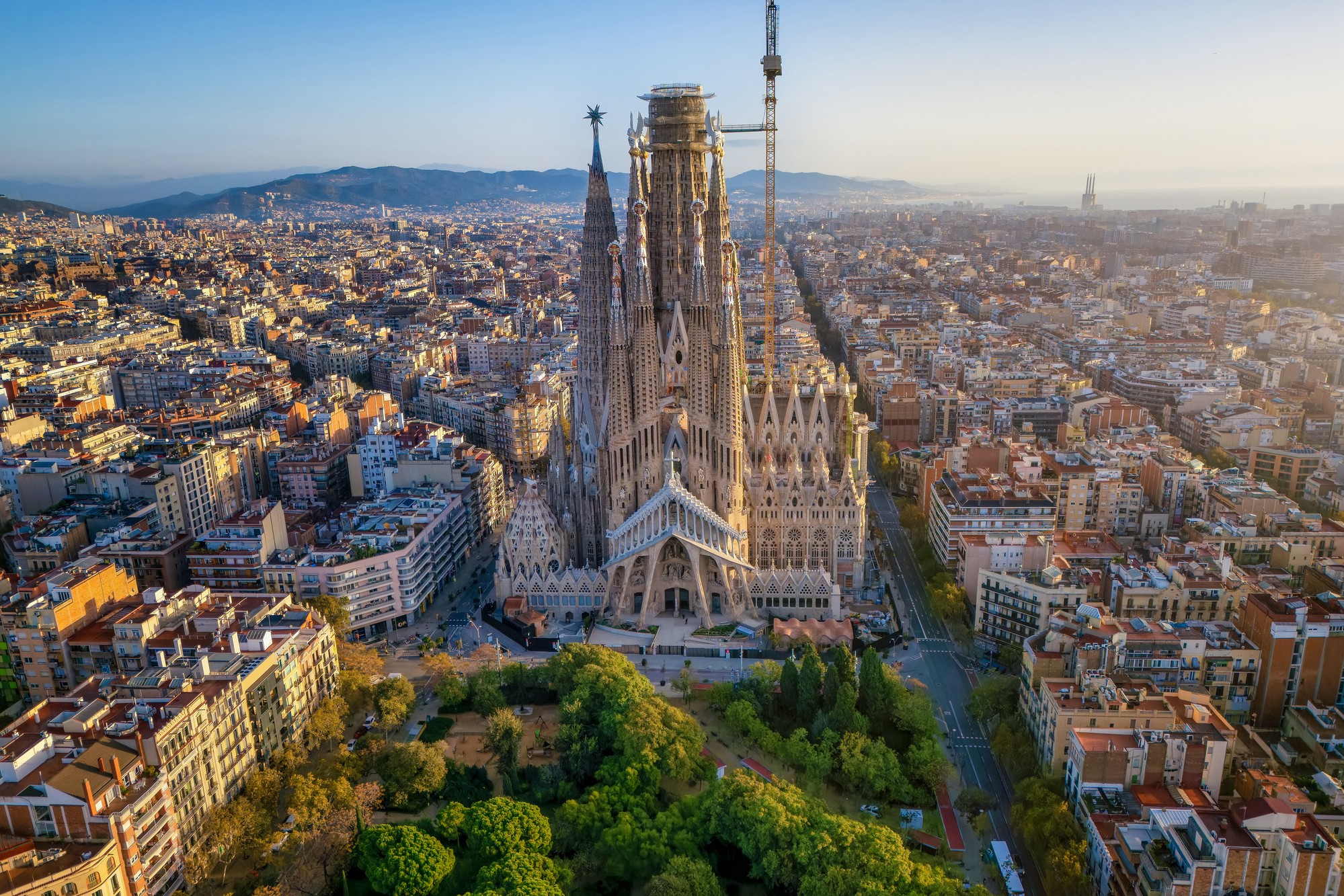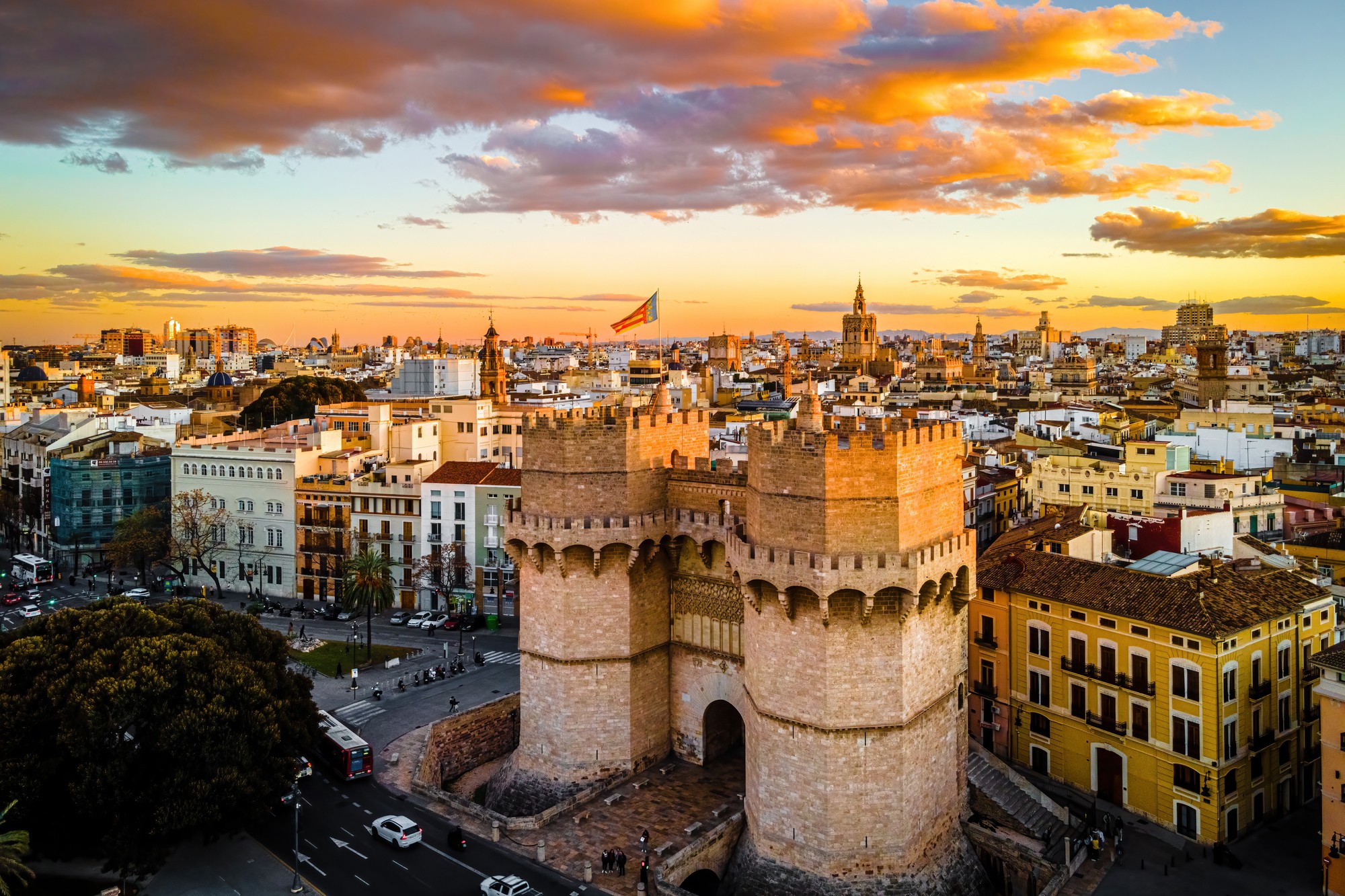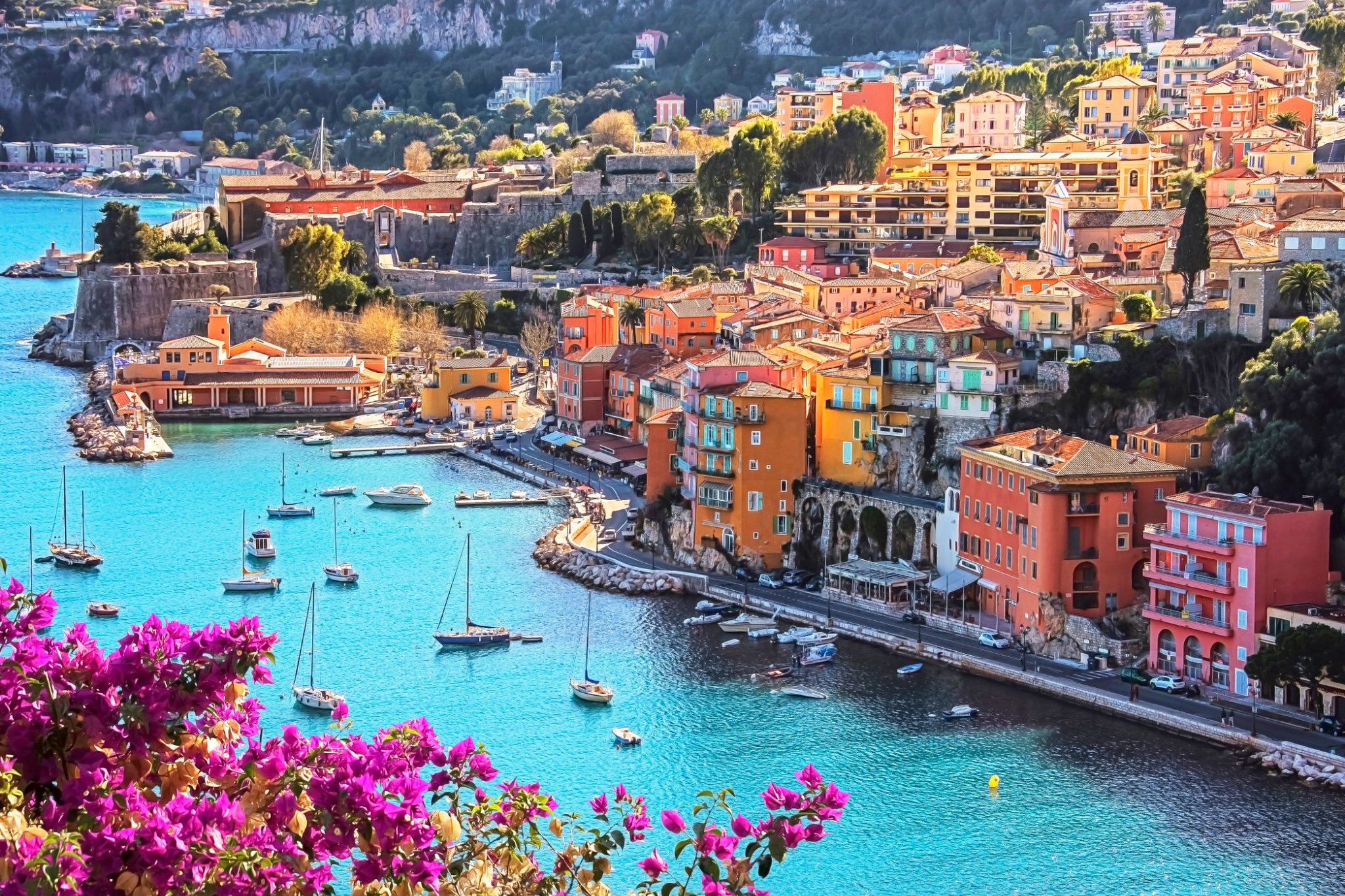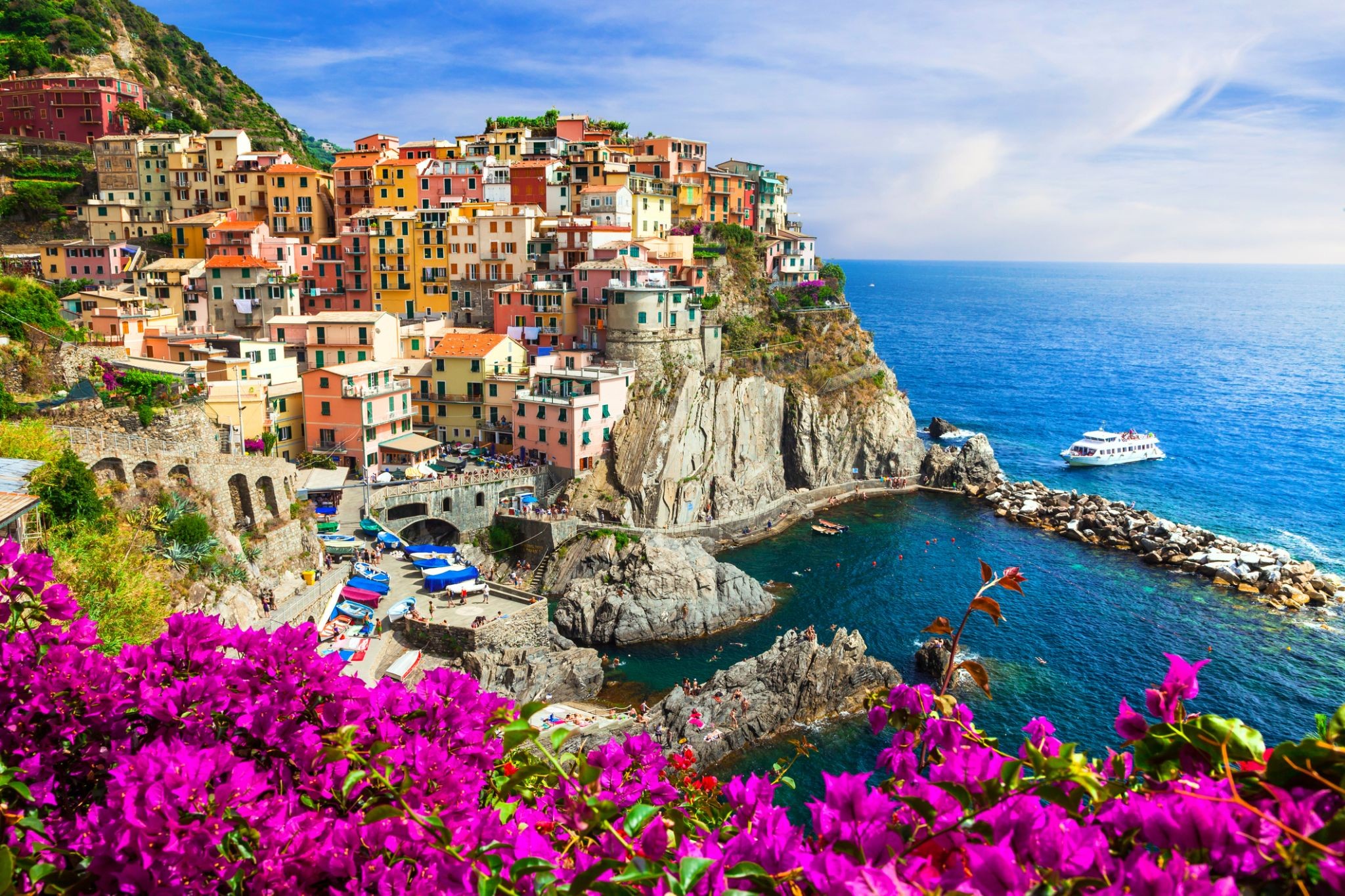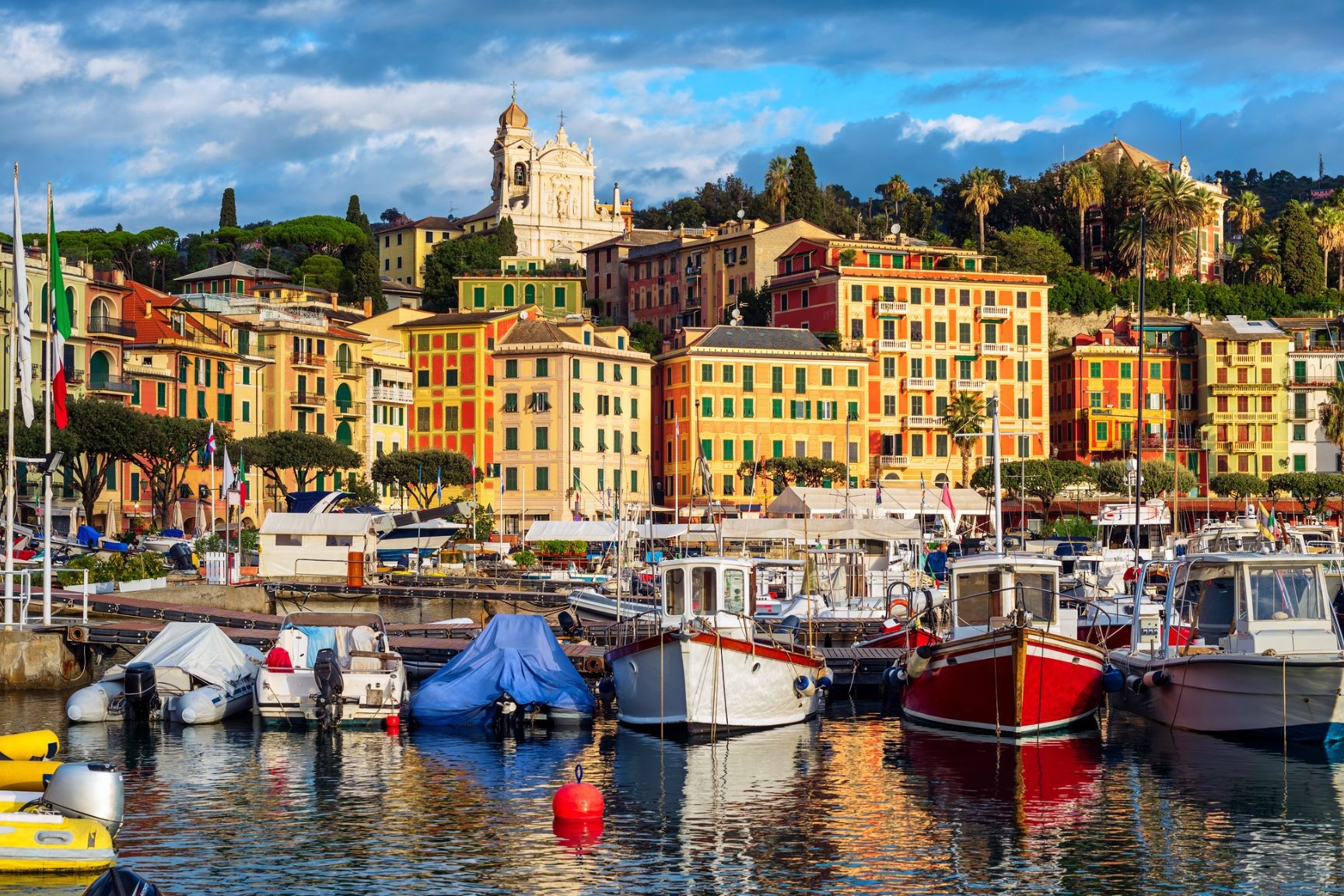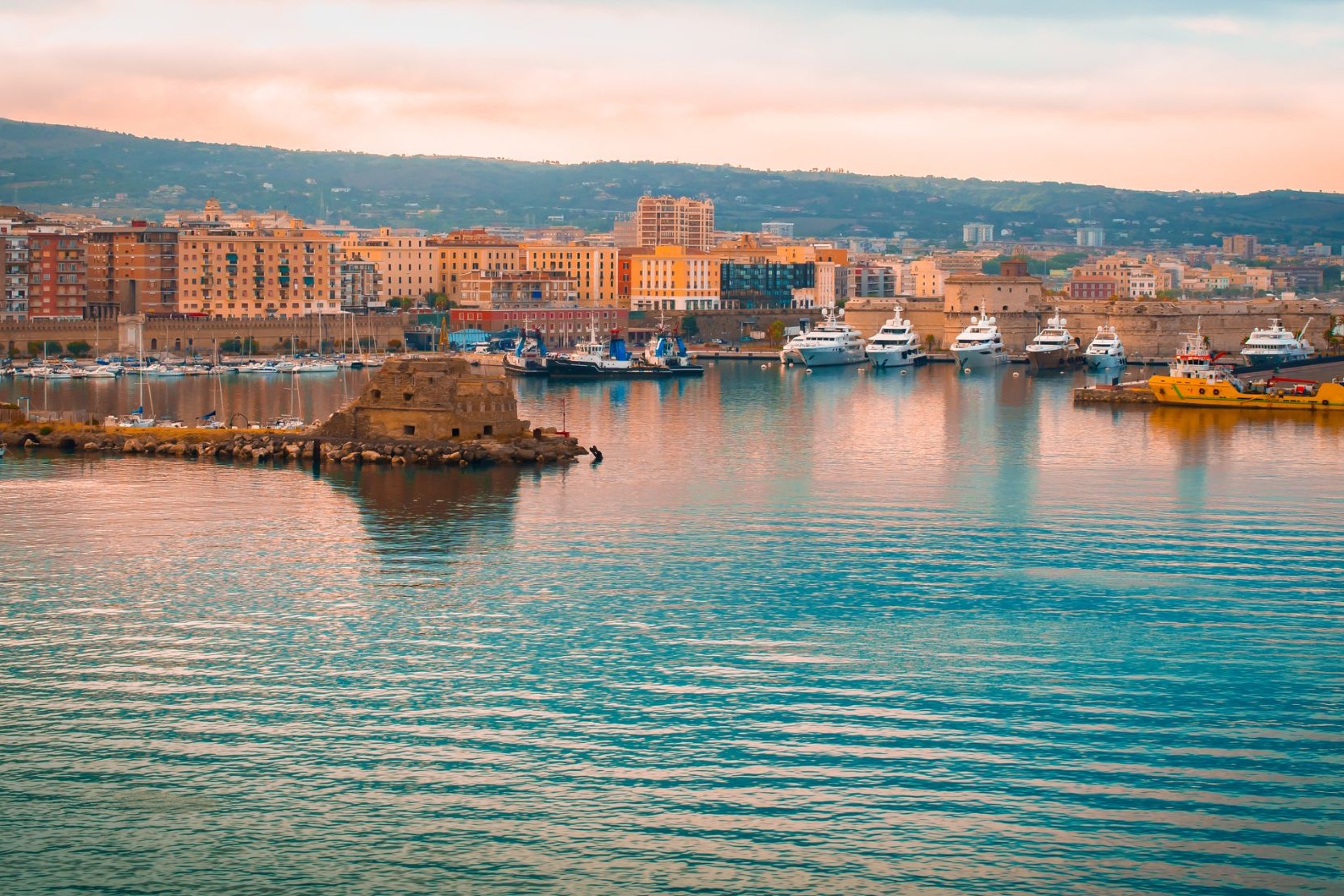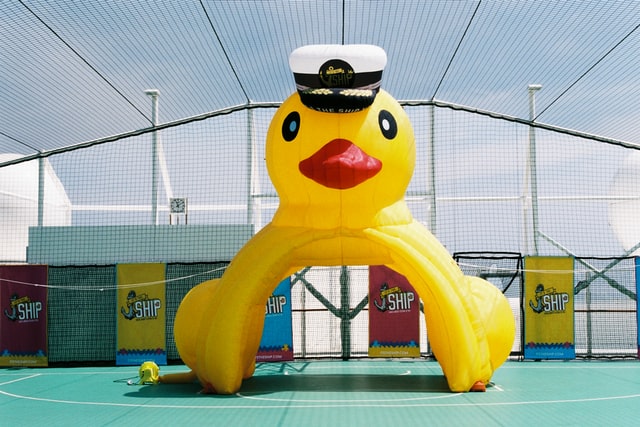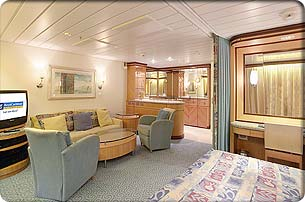
Cruise: 30,876,458
7 nights, from Barcelona
| Cruise Region : Mediterranean Sea, Europe |
| Company : Royal Caribbean International |
| Ship : Voyager of the Seas |
| Journey Start : Mon 22 Sep 2025 |
| Journey End : Mon 29 Sep 2025 |
| Count Nights : 7 nights |
Schedule
| Day | Date | Port | Arrival | Departure |
|---|---|---|---|---|
| 1 | 22.09 Mon | Barcelona / Spain | 17:00 | |
| 2 | 23.09 Tue | Valencia / Spain | 08:00 | 18:00 |
| 3 | 24.09 Wed | Day at sea / Sea | ||
| 4 | 25.09 Thu | Villefranche-sur-Mer / France | 07:00 | 20:00 |
| 5 | 26.09 Fri | Ajaccio / France | 07:00 | 18:00 |
| 6 | 27.09 Sat | Spice / Italy | 07:00 | 20:00 |
| 7 | 28.09 Sun | Santa Margherita Ligure / Italy | 07:00 | 17:00 |
| 8 | 29.09 Mon | Rome (Civitavecchia) / Italy | 05:00 |
Accommodation in a cabin of the selected category;
All-inclusive meals (except for alternative restaurants);
non-ferrous drinks: water, tea, coffee at self-service points on the ship;
cultural program on board: evening shows, theater, live music, etc.;
visiting nightclubs and discos;
active entertainment on board;
visiting the library;
participation of children in children's clubs;
visiting swimming pools and jacuzzi;
gym and sports court;
steward services and cabin cleaning;
port fees and taxes.
Additionally paid: airfare; transfers; visas along the route; hotel before and after the cruise (if necessary); tips for staff; alternative restaurants; alcoholic and some non-alcoholic drinks; Internet on board; casino; laundry / dry cleaning services; beauty salon, SPA center; excursions in ports (optional).
The tip amount depends on the selected cabin category: Inside cabin/window/balcony/Junior suite – $18.50 /person/night Suites (except Junior suite) – $21.00 /person/night
Deluxe Beverage Package
If you want to drink several alcoholic drinks a day during the cruise, then the right option is to purchase this package.
The package includes:
- cocktails, spirits, liqueurs;
- beer;
- wine (by the glass);
- non-alcoholic cocktails;
- premium coffee and tea;
- fountain carbonated drinks / Coca-Cola Freestyle drinks;
- souvenir Coca-Cola cup included;
- bottled still and sparkling water;
- freshly squeezed juices.
Package price:
The price of the Deluxe package varies from ship to ship and is subject to change.
Additionally, when ordering a package, you will receive a -40% discount on bottled wines up to $100 and -20% on bottled wines over $100.
The price on board is currently $93/day.
Royal Refreshment
If alcohol is not your thing, or you are not old enough to drink it, then Refreshment is for you. It is ideal for cocktail lovers.
The package includes:
- non-alcoholic cocktails;
- carbonated soft drinks;
- souvenir Coca-Cola cup and Coca-Cola Freestyle drinks;
- sparkling and still bottled water;
- premium coffee and tea
- freshly squeezed juices
Package price:
The price of the Refreshment package varies from ship to ship and is subject to change.
The price on board is currently $36/day.
Classic Soda Package
Classic Soda Package. Enjoy cool sodas throughout the cruise ship.
Package includes:
- Coca-Cola Freestyle drinks;
- Fountain Soda and refills anywhere;
- Souvenir Coca-Cola cup included.
Package Price:
Soda package prices vary from ship to ship and are subject to change.
Onboard prices are currently starting at $13/day.
Water Bottle Package
Stay hydrated while cruising with Evian Natural Spring Water, a bottle of fresh water from the French Alps.
Package includes:
Evian Natural Spring Water (1L bottles) delivered to your cabin on boarding day (12 or 24 bottles).
Package Price:
Water Package Price - $20
In addition to beverage packages, guests can book a COFFE CARD, which gives access to 15 select varieties of coffee, tea, premium class and hot chocolate. When purchasing this card, you will save 50%. The cost of the card is $31.
Additional information on Royal Caribbean beverage packages
- Beverage packages are available for purchase on board the ship throughout the cruise, as well as in advance of departure.
- When purchasing a Deluxe Beverage Package for one guest, the same package must be added to all adult guests in the cabin.
- Non-alcoholic beverage packages may be purchased by individual guests, but are not transferable.
- Package prices listed reflect the daily cost per person and do not include an 18% gratuity, which will be added to the cost.
- Packages do not include beverages sold in gift shops, minibars or during cabin service.
- You must be at least 21 years of age to purchase and consume alcoholic beverages on Royal Caribbean ships.
Depending on the cruise date, a payment is required to confirm the cabin. After the prepayment is made, the manager confirms the application in the cruise system and notifies you by e-mail.
Cruise Duration Deposit (prepayment)
1-5 nights $100/person
6-9 nights $250/person
10 and more nights $450/person
Full payment
60 days before the cruise
Full payment (cruises from December 24-31)
90 days before the cruise
Standard Penalties for Royal Caribbean Intl. Cruises
Cancelation Period Cancellation Policy
1-5 Nights 6 Nights or More
90-61 Days Prior to Arrival $35/person $70/person
60-46 Days Prior to Arrival In the Amount of Deposit
45-31 Days Prior to Arrival 25% of the Full Cruise Cost, but no less than the Deposit
30-15 Days Prior to Arrival 50% of the Full Cruise Cost, but no less than the Deposit
14 Days Prior to Arrival/No-Show for Boarding 100% of the Cruise Cost
Penalties for Royal Caribbean Intl. New Year's Cruises (December 24-31)
Period in which the cancellation took place Cancellation conditions
1-5 nights 6 or more nights
90-61 days before arrival In the amount of the deposit
60-46 days before arrival 25% of the full cost of the cruise, but not less than the deposit amount
50% of the full cost of the cruise, but not less than the deposit amount
45-31 days before arrival 50% of the full cost of the cruise, but not less than the deposit amount
30-15 days before arrival 75% of the full cost of the cruise, but not less than the deposit amount
14 days before arrival/no show for boarding 100% of the cost of the cruise
-
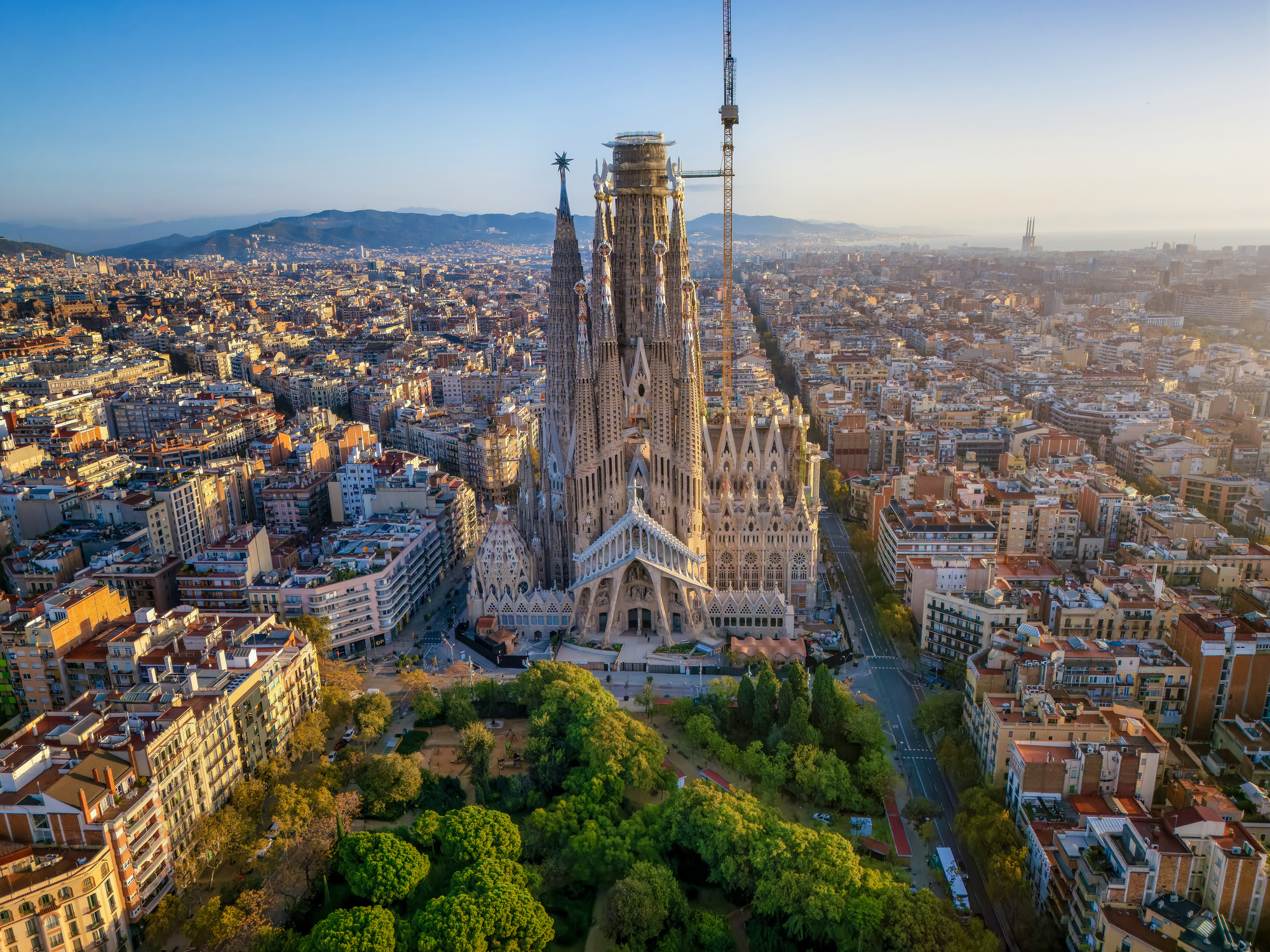 Day 1: 00:00-17:00
Day 1: 00:00-17:00Barcelona / Spain
Barcelona is a city in Spain. It is the capital and largest city of Catalonia, as well as the second most populous municipality of Spain. With a population of 1.6 million within city limits, its urban area extends to numerous neighbouring municipalities within the Province of Barcelona and is home to around 4.8 million people, making it the sixth most populous urban area in the European Union after Paris, London, Madrid, the Ruhr area and Milan. It is one of the largest metropolises on the Mediterranean Sea, located on the coast between the mouths of the rivers Llobregat and Besòs, and bounded to the west by the Serra de Collserola mountain range, the tallest peak of which is 512 metres (1,680 feet) high.
Founded as a Roman city, in the Middle Ages Barcelona became the capital of the County of Barcelona. After merging with the Kingdom of Aragon, Barcelona continued to be an important city in the Crown of Aragon as an economic and administrative centre of this Crown and the capital of the Principality of Catalonia. Barcelona has a rich cultural heritage and is today an important cultural centre and a major tourist destination. Particularly renowned are the architectural works of Antoni Gaudí and Lluís Domènech i Montaner, which have been designated UNESCO World Heritage Sites. The headquarters of the Union for the Mediterranean are located in Barcelona. The city is known for hosting the 1992 Summer Olympics as well as world-class conferences and expositions and also many international sport tournaments.
Barcelona is one of the world's leading tourist, economic, trade fair and cultural centres, and its influence in commerce, education, entertainment, media, fashion, science, and the arts all contribute to its status as one of the world's major global cities. It is a major cultural and economic centre in southwestern Europe, 24th in the world (before Zürich, after Frankfurt) and a financial centre. In 2008 it was the fourth most economically powerful city by GDP in the European Union and 35th in the world with GDP amounting to €177 billion. In 2012 Barcelona had a GDP of $170 billion; and it was leading Spain in employment rate in that moment.
In 2009 the city was ranked Europe's third and one of the world's most successful as a city brand. In the same year the city was ranked Europe's fourth best city for business and fastest improving European city, with growth improved by 17% per year, and the city has been experiencing strong and renewed growth for the past three years. Since 2011 Barcelona has been a leading smart city in Europe. Barcelona is a transport hub, with the Port of Barcelona being one of Europe's principal seaports and busiest European passenger port, an international airport, Barcelona–El Prat Airport, which handles over 50 million passengers per year, an extensive motorway network, and a high-speed rail line with a link to France and the rest of Europe.
-
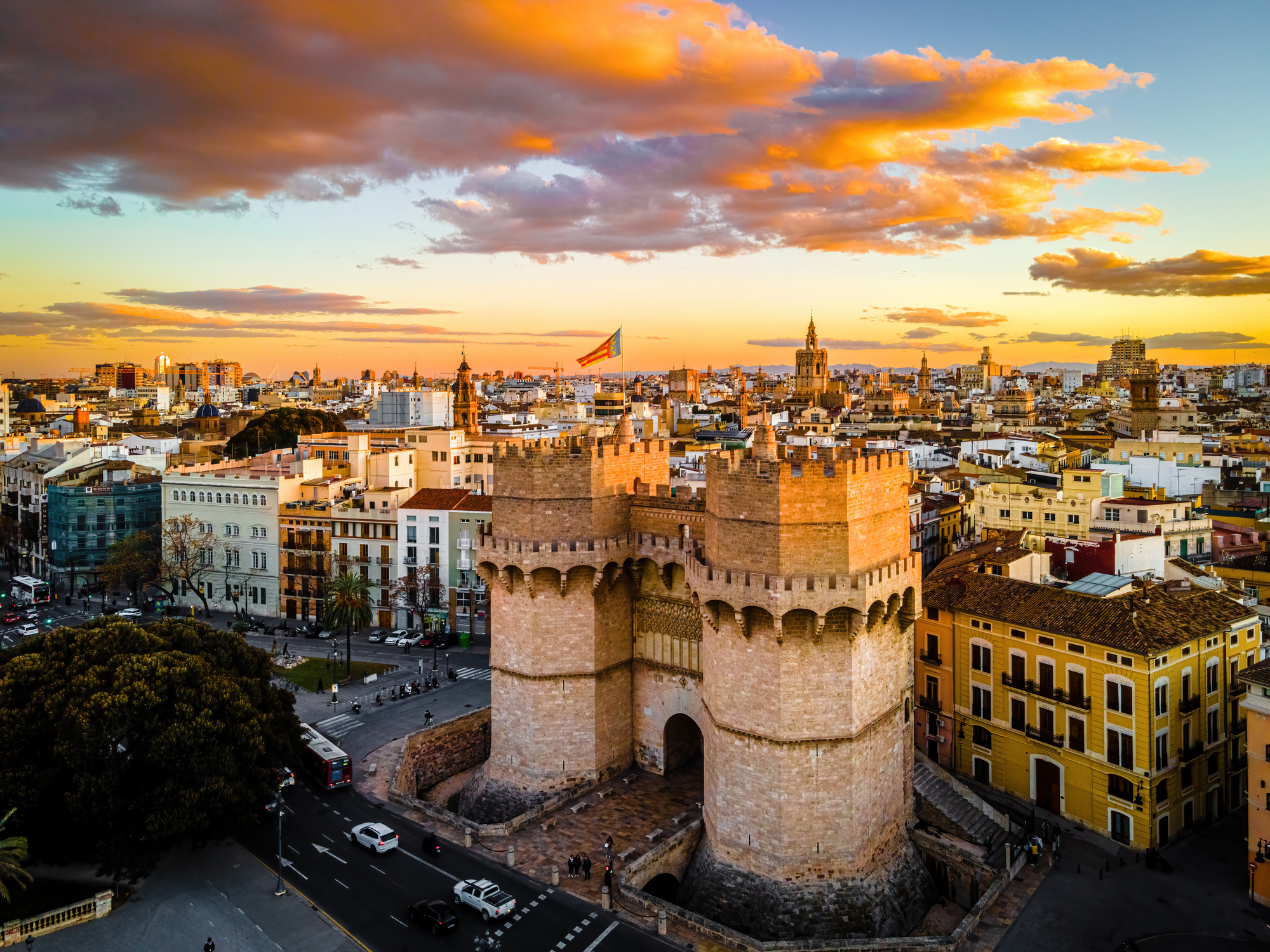 Day 2: 08:00-18:00
Day 2: 08:00-18:00Valencia / Spain
-
 Day 3:
Day 3:Day at sea / Sea
-
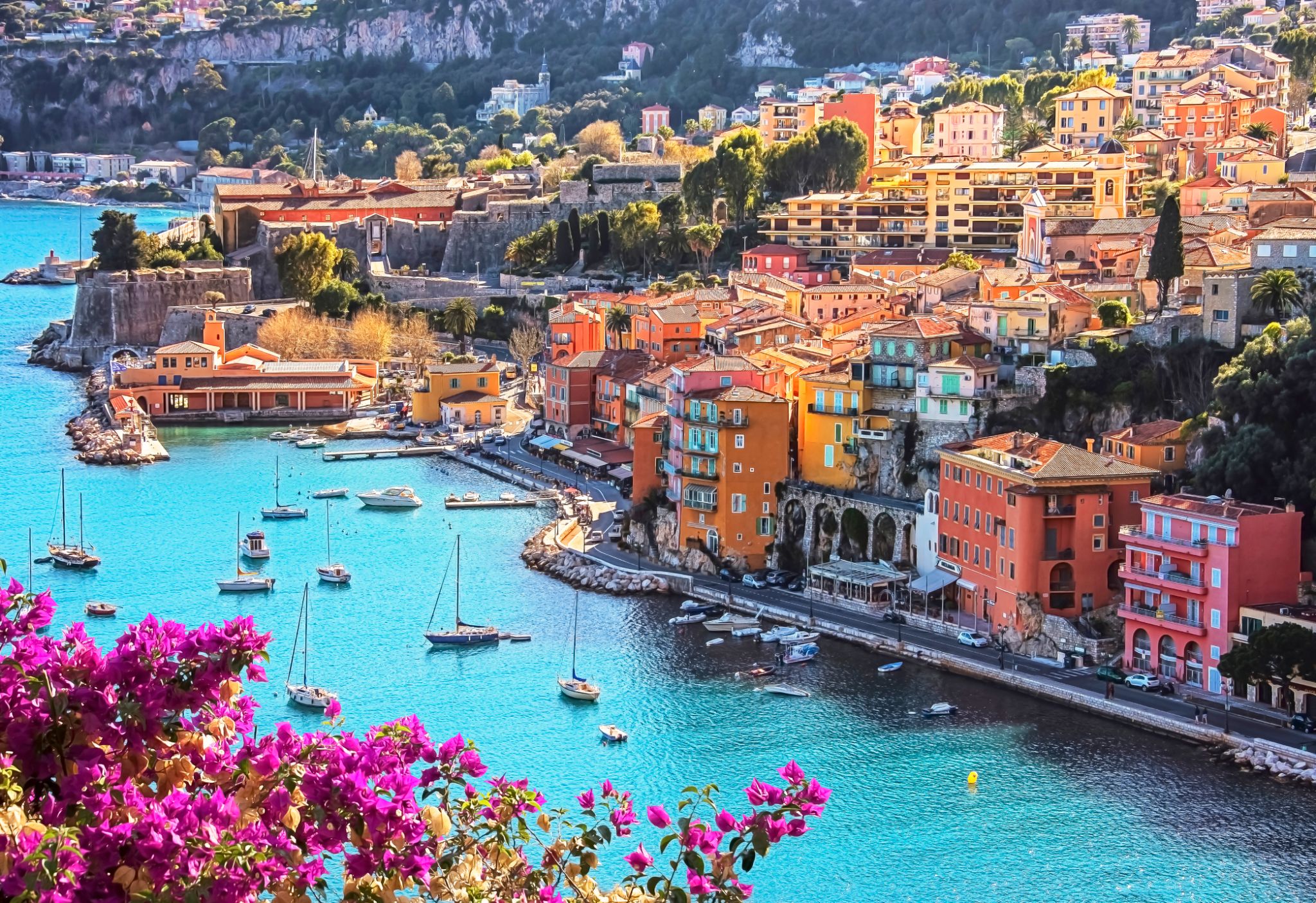 Day 4: 07:00-20:00
Day 4: 07:00-20:00Villefranche-sur-Mer / France
-
 Day 5: 07:00-18:00
Day 5: 07:00-18:00Ajaccio / France
Ajaccio is a French commune, prefecture of the department of Corse-du-Sud, and head office of the Collectivité territoriale de Corse (capital city of Corsica). It is also the largest settlement on the island. Ajaccio is located on the west coast of the island of Corsica, 210 nautical miles (390 km) southeast of Marseille.
The original city went into decline in the Middle Ages, but began to prosper again after the Genoese built a citadel in 1492 to the south of the earlier settlement. After the Corsican Republic was declared in 1755 the Genoese continued to hold several citadels, including Ajaccio, until the French took control of the island.
The inhabitants of the commune are known as Ajacciens or Ajacciennes. The most famous of these is Napoleon Bonaparte who was born in Ajaccio in 1769, and whose ancestral home, the Maison Bonaparte, is now a museum. Other dedications to him in the city include Ajaccio Napoleon Bonaparte Airport.
-
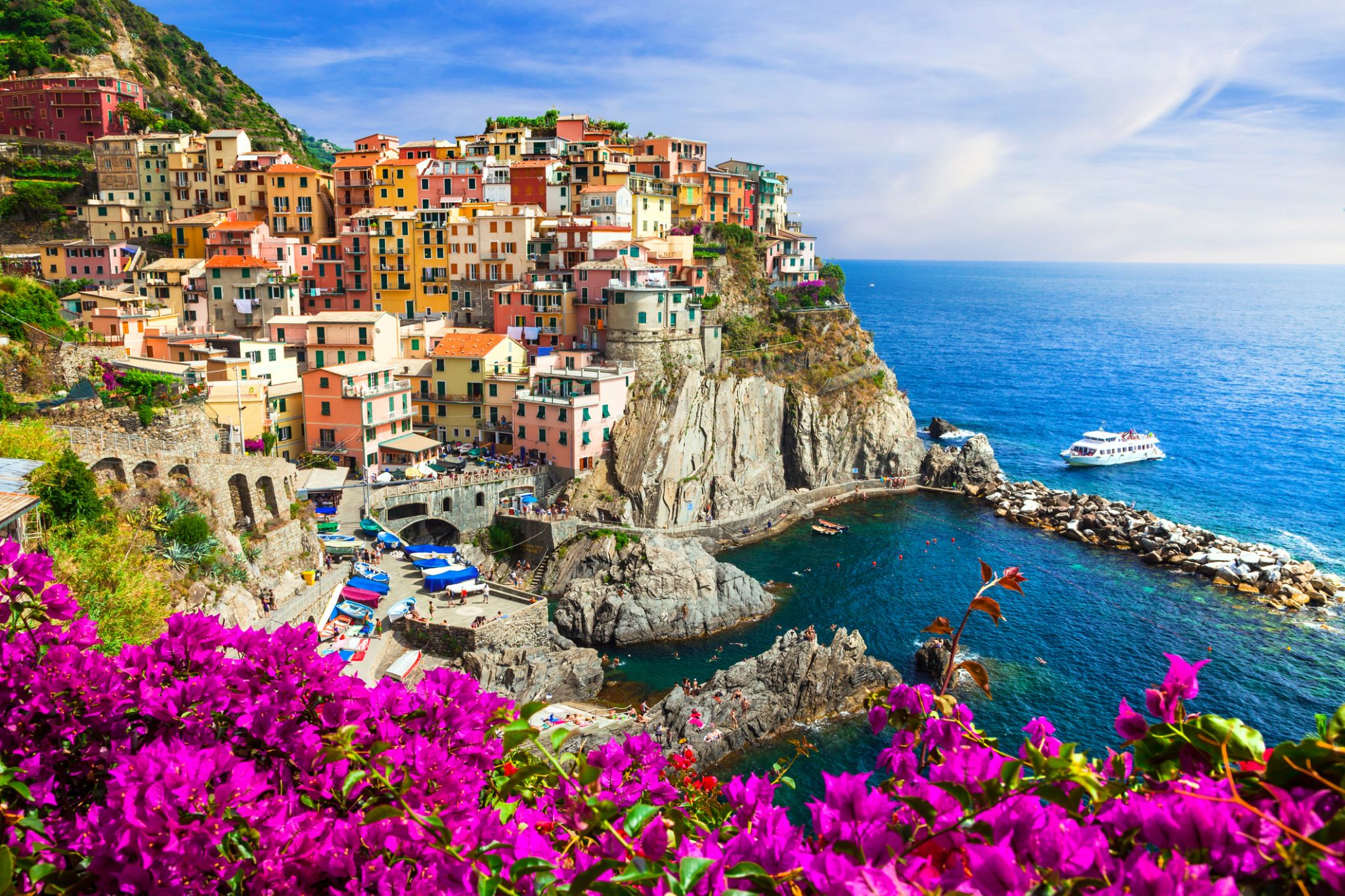 Day 6: 07:00-20:00
Day 6: 07:00-20:00Spice / Italy
-
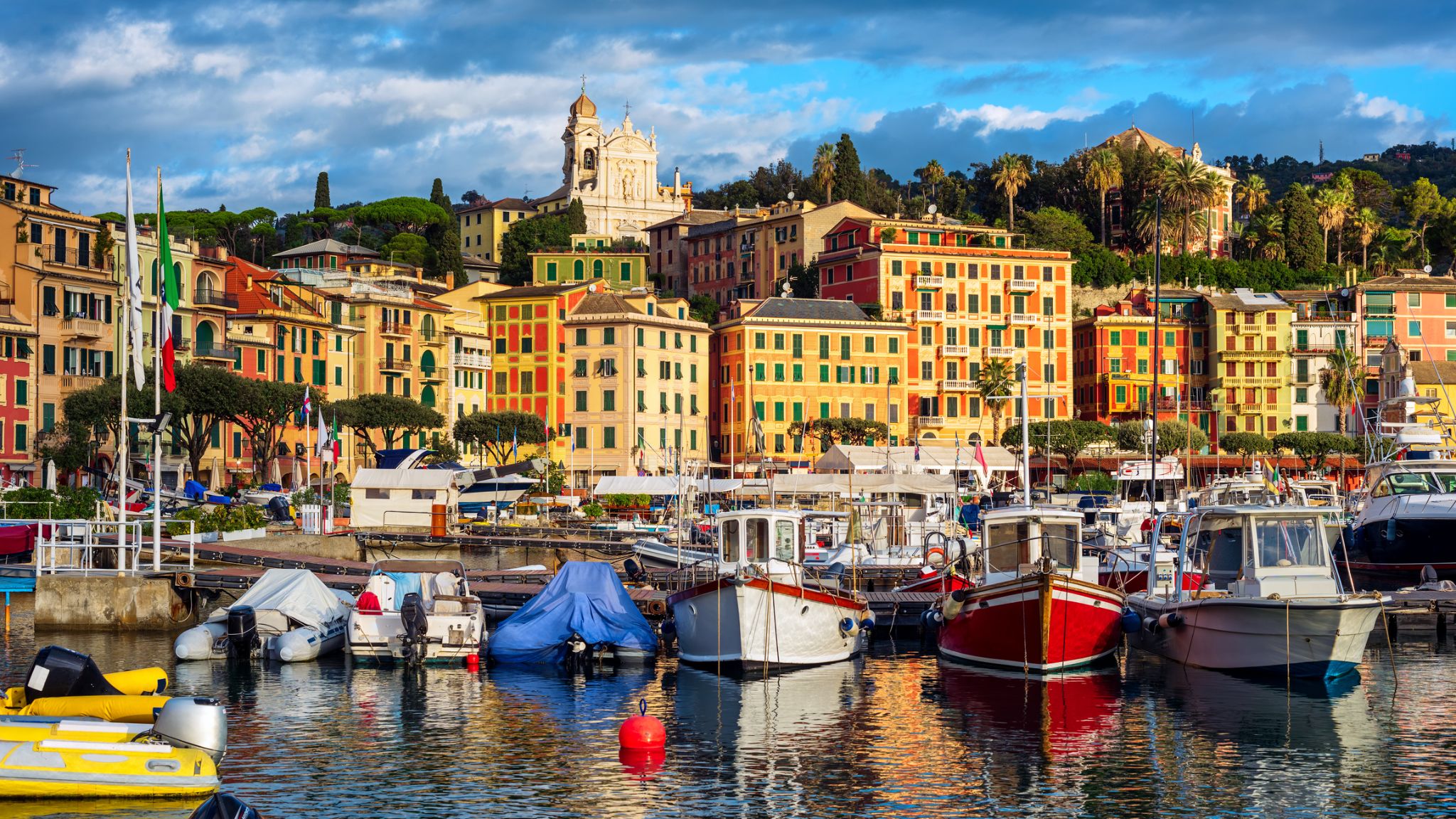 Day 7: 07:00-17:00
Day 7: 07:00-17:00Santa Margherita Ligure / Italy
Santa Margherita Ligure is a picturesque resort town located on the Ligurian coast of Italy, just a few kilometers from the famous Portofino. Its charming streets, historic villas, and fragrant gardens create an atmosphere of solitude and comfort. The town attracts tourists with its cozy ambiance and breathtaking views of the blue sea and the green hills that surround it.
In addition to the scenic landscapes, Santa Margherita Ligure offers many cultural and historical attractions. The town is home to the historic Church of St. Martin, as well as a castle that provides a panoramic view of the coastline. This place is perfect for those seeking tranquility, while still enjoying a rich cultural life and cuisine.
-
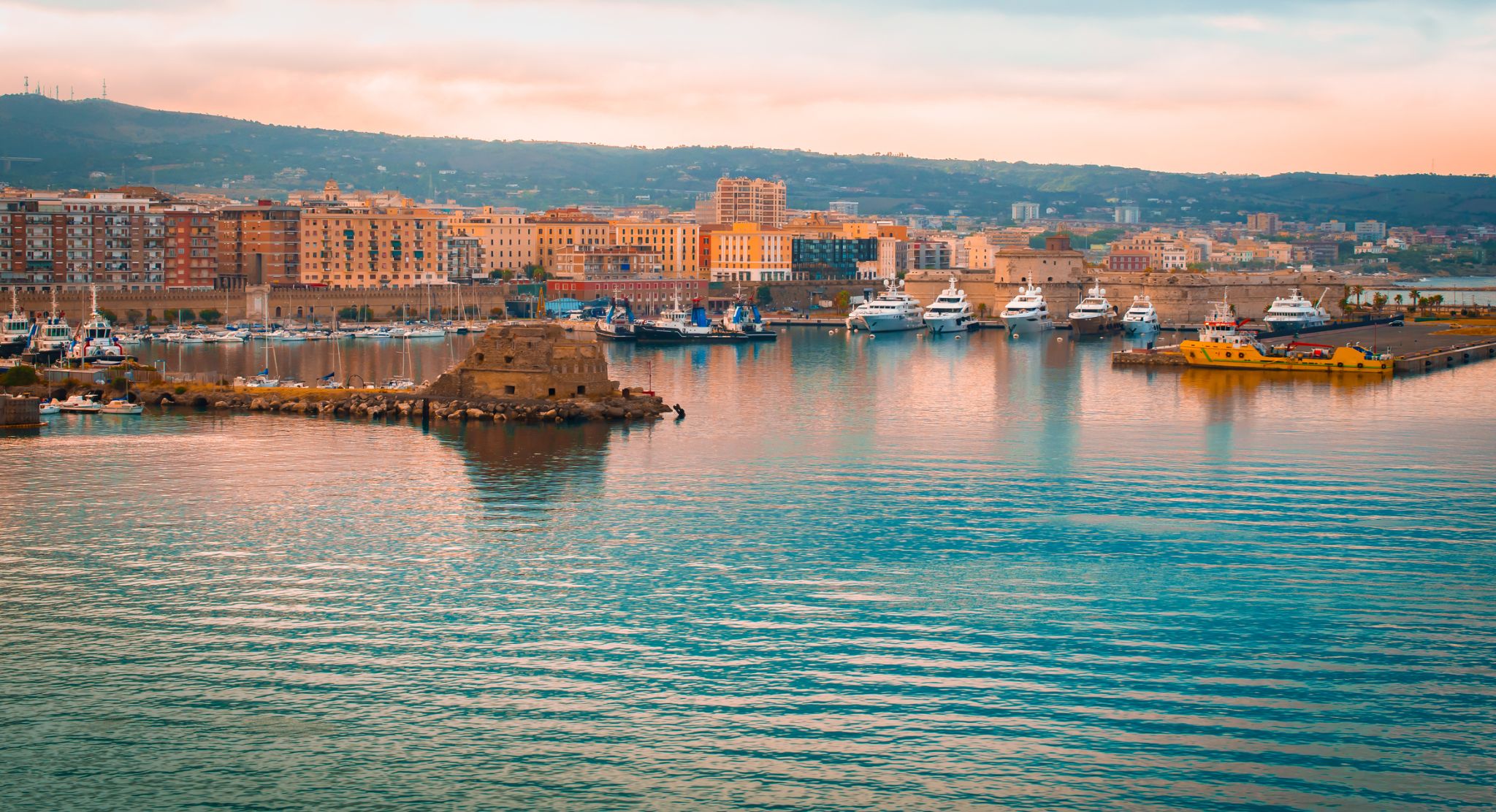 Day 8: 05:00-00:00
Day 8: 05:00-00:00Rome (Civitavecchia) / Italy
Rome is the capital city and a special comune of Italy (named Comune di Roma Capitale). Rome also serves as the capital of the Lazio region. With 2,872,800 residents in 1,285 km2(496.1 sq mi), it is also the country's most populated comune. It is the fourth-most populous city in the European Union by population within city limits. It is the centre of the Metropolitan City of Rome, which has a population of 4,355,725 residents, thus making it the most populous metropolitan city in Italy. Rome is located in the central-western portion of the Italian Peninsula, within Lazio (Latium), along the shores of the Tiber. The Vatican City (the smallest country in the world) is an independent country inside the city boundaries of Rome, the only existing example of a country within a city: for this reason Rome has been often defined as capital of two states.
Rome's history spans 28 centuries. While Roman mythology dates the founding of Rome at around 753 BC, the site has been inhabited for much longer, making it one of the oldest continuously occupied sites in Europe. The city's early population originated from a mix of Latins, Etruscans, and Sabines. Eventually, the city successively became the capital of the Roman Kingdom, the Roman Republic and the Roman Empire, and is regarded as the birthplace of Western civilization and by some as the first ever metropolis. It was first called The Eternal City (Latin: Urbs Aeterna; Italian: La Città Eterna) by the Roman poet Tibullus in the 1st century BC, and the expression was also taken up by Ovid, Virgil, and Livy. Rome is also called the "Caput Mundi" (Capital of the World). After the fall of the Western Empire, which marked the beginning of the Middle Ages, Rome slowly fell under the political control of the Papacy, which had settled in the city since the 1st century AD, until in the 8th century it became the capital of the Papal States, which lasted until 1870. Beginning with the Renaissance, almost all the popes since Nicholas V (1447–1455) pursued over four hundred years a coherent architectural and urban programme aimed at making the city the artistic and cultural centre of the world. In this way, Rome became first one of the major centres of the Italian Renaissance, and then the birthplace of both the Baroque style and Neoclassicism. Famous artists, painters, sculptors and architects made Rome the centre of their activity, creating masterpieces throughout the city. In 1871, Rome became the capital of the Kingdom of Italy, which, in 1946, became the Italian Republic.
Rome has the status of a global city. In 2016, Rome ranked as the 14th-most-visited city in the world, 3rd most visited in the European Union, and the most popular tourist attraction in Italy. Its historic centre is listed by UNESCO as a World Heritage Site. The famous Vatican Museums are among the world's most visited museums while the Colosseum was the most popular tourist attraction in world with 7.4 million visitors in 2018. Host city for the 1960 Summer Olympics, Rome is the seat of several specialized agencies of the United Nations, such as the Food and Agriculture Organization (FAO), the World Food Programme (WFP) and the International Fund for Agricultural Development (IFAD). The city also hosts the Secretariat of the Parliamentary Assembly of the Union for the Mediterranean (UfM) as well as the headquarters of many international business companies such as Eni, Enel, TIM, Leonardo S.p.A., and national and international banks such as Unicredit and BNL. Its business district, called EUR, is the base of many companies involved in the oil industry, the pharmaceutical industry, and financial services. Rome is also an important fashion and design centre thanks to renowned international brands centered in the city. Rome's Cinecittà Studios have been the set of many Academy Award–winning movies.

